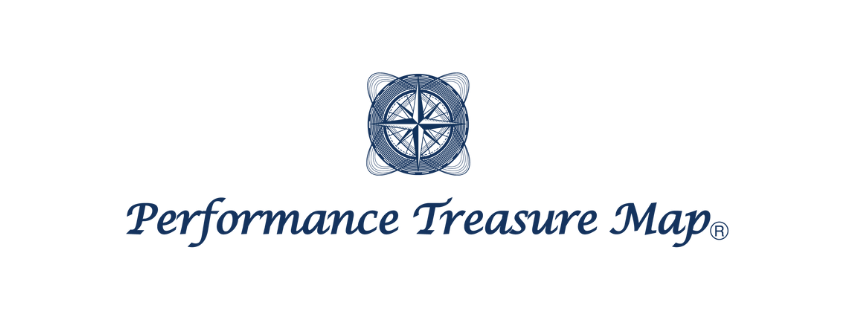Thank you for visiting my blog!
In this blog, I will introduce the “Corrective & Preparation Exercise,” which is the final step in the meaningful breakdown of the Original K-Map, the first map in the Performance Treasure Map (hereafter referred to as PTM).
The purpose of this blog is to help you gain a deeper understanding of each exercise by explaining not only the goals, procedures, and key points of each exercise but also the following:
- The fundamental principles behind the exercises
- How the exercises link to performance (treasure)

I hope that after reading this blog, it will assist you when prescribing exercises for your clients or athletes!
Today, I will introduce the “Active Plank!”

Classification of Exercises in the Original K-Map
Breaking down performance factors leads to the following classifications:
Range of Motion Muscle Function Technique
Each exercise is linked to these categories!
Muscle Function
is further subdivided into:
Normalization of Breathing Patterns
Gaining Mobility and Stability
Core Reflex and Co-contraction
Activation of Surrounding Muscle Groups
The “Active Plank” is mainly used for:
Core Co-contraction
Activation of Surrounding Muscle Groups
Let’s explain the reasons behind this usage.
Fundamental Principles
First, let’s go over the fundamental principles behind the exercises.
The principles of “Core” and the “Joint by Joint Theory,” which were introduced in previous blog posts, are key here!
▼Core【General Principle】

▼Joint by Joint Theory【General Principle】

The definition of the core is:
・The lumbar-pelvic-hip complex along with the thoracic and cervical spine(NASM)
・The shoulder-torso-hip complex(Mark Verstegen)
There are various definitions, but in this blog, we define it as the Lumbo-Pelvic-Hip Complex (LPHC).
Connection to Performance
Trunk vs. Core
As explained above, the core refers to the LPHC, while the trunk refers to the torso, excluding the limbs.
For athletes to achieve higher performance, they must control their body weight and convert it into energy.
The core controls body weight, while the trunk serves as the axis that transmits energy from the lower body to the upper body without losing energy.

Without trunk stability, the “axis wobbles,” and performance decreases while the risk of injury increases.
The Active Plank stimulates the muscles around the hips and scapula that are necessary for stabilizing the trunk and core, leading to stable movements.

Although performing the active plank does not necessarily mean that your core will become stronger and your performance will improve, it is certainly one of the factors that can contribute to performance enhancement!
Plank vs. Active Plank
What is the difference between the plank introduced earlier and the active plank?
▼Plank【Explanation】

The biggest difference between the plank and the active plank, where the posture and purpose are almost the same, is the number of joints involved.
The biggest difference is the number of joints involved. In a plank, with elbows on the ground, mainly the scapulothoracic and glenohumeral joints are engaged. In contrast, the active plank involves the elbow and wrist joints since the hands are on the ground.
According to the Joint by Joint Theory, joints alternate between mobility and stability, and each must fulfill its role while working together.

Involving more joints increases the number of joints you need to control, raising the difficulty.
As the active plank requires more control of the elbow and wrist joints, proper scapular positioning and shoulder girdle stability are especially important compared to the standard plank.
Performing the active plank correctly helps establish the starting position necessary for pull and press movements, making it a transitional exercise toward strength training.
Active Plank

Purpose
Core Reflex and Co-contraction
Activation of Surrounding Muscle Groups
Starting Position
Place your hands directly under your shoulders and lift your body off the ground.
Procedure
Maintain a straight line from your head to your heels and hold the position.
Key Points
Tighten your abdomen and glutes.
Push firmly into the ground with your hands.
Tuck your chin to prevent your head from dropping.
Conclusion
This time, I introduced the “Active Plank!”

Next time, I will introduce the “Push-up Plus.”
Please look forward to it!
▼For more information about PTM or K-Map, please visit the following link:
▼For purchasing the Original K-Map, visit this page:

This post is also available in ja.

